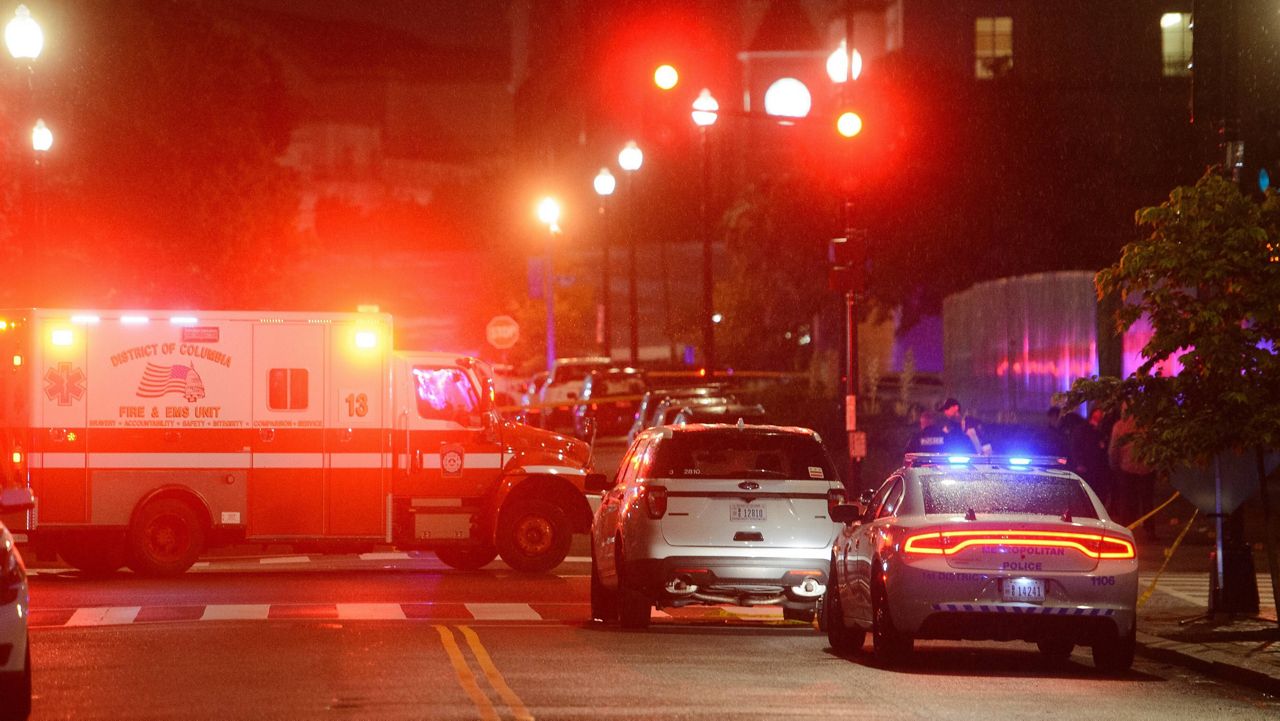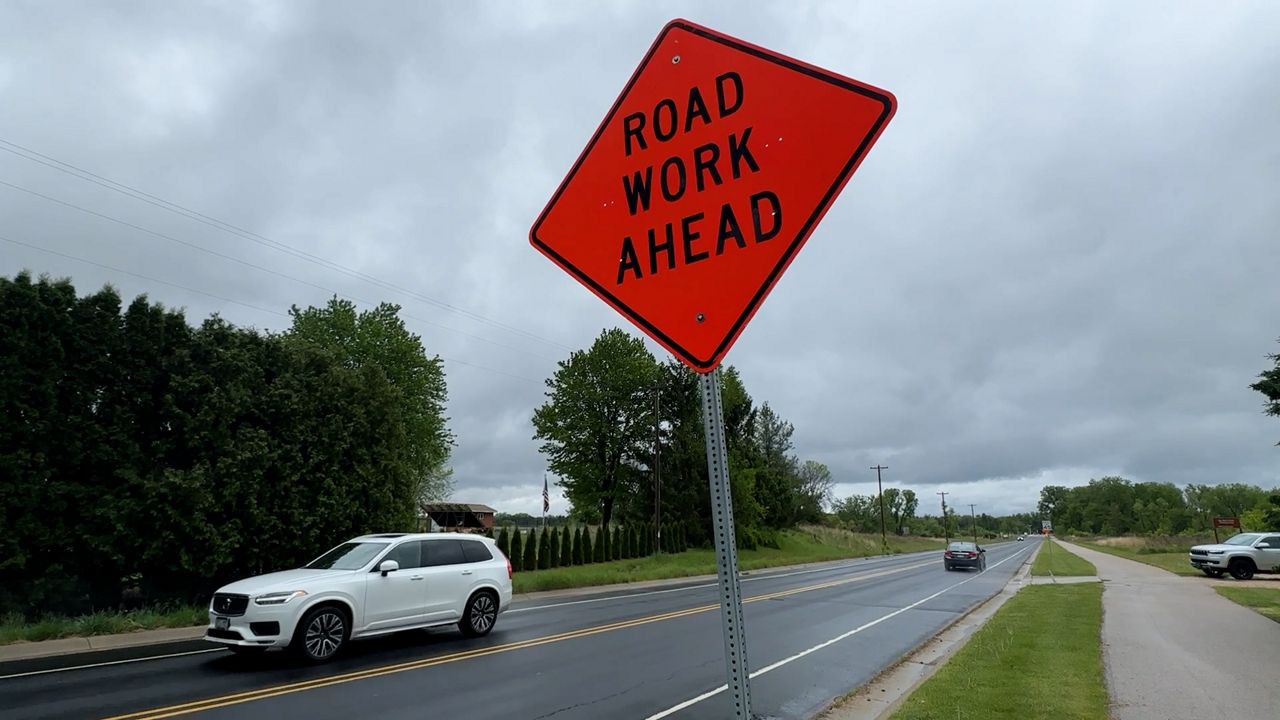APPLETON, Wis. — Chronic absenteeism — from elementary to high school students — remains high in Wisconsin.
The Wisconsin Policy Forum released a report in the fall tracking absenteeism in the 2022-23 school year through Wisconsin Department of Public Instruction (DPI) data.
It found over 18% of Wisconsin public and charter school students between kindergarten and 12th grade were labeled as chronically absent; that means they missed 10% or more of school days.
That number was down slightly from 22% during the prior school year. However, when compared to pre-pandemic numbers, it is up by 6%.
Appleton Area School District (AASD) is the largest school district in Wisconsin without a truancy law. Its truancy numbers continue to climb.
“We have students that have not attended school yet this school year,” AASD Superintendent Greg Hartjes said. “We have students that have not attended school yet this school year,” AASD Superintendent Greg Hartjes said.
AASD reported 40% of high school students in 2023-24 reached the status of “habitual truancy” — missing all, or part of, five or more school days in a semester, without an excuse.
AASD said 24% reached the “chronic absenteeism” level; that’s missing 10% or more of total school days, including both excused and unexcused absences.
Hartjes said habitual truancy and chronic absenteeism are forcing the district to reinstate a truancy ordinance.
“We have students that have missed over 100 days of school, and there’s nothing further we can do as a school district. We need the law enforcement to get involved,” Hartjes said.
Last year, 293 of roughly 920 Appleton High School Students missed 50 or more school days.
Hartjes said these numbers add up to one simple fact.
“Students aren’t going to be successful if they’re not in school,” Hartjes said.
In 2019, the AASD’s truancy ordinance was repealed. The repeal came after some students reported being handcuffed and removed from class and some families were penalized with fines or jail time.
Appleton Common Council member Vered Meltzer voted to repeal the ordinance in 2019.
“Attendance is impacted by so many different factors — such as transportation, parents, job stability, poverty, health and wellness issues. So I think that, you know, so many of these issues need a certain type of help, which a fine or a citation does not address,” Meltzer said.
Hartjes said he realized the district was too punitive back then. He said this current ordinance will focus on students missing more than 50 days of school.
Hartjes said the district has invested nearly $700,000 to help tackle this issue, including money for more two full-time social workers, four half-time middle school alternative education teachers and three high school alternative education teachers.
Previously, there was one social worker to address AASD’s absenteeism and truancy issues.
“What we do now, six years later, is entirely more supportive, more positive. We’re just really looking for ways to engage with students and their families,” Hartjes said.
Meltzer said she’s cautiously optimistic about AASD’s new initiatives, but is still not in favor of a truancy ordinance.
“It takes a lot of city resources. It takes a lot of time. It has a cost, just administratively, so to do this for what sounds like a very small handful of students,” Meltzer said.
Appleton’s safety and licensing committee could take action on the truancy ordinance May 16. School district and city officials are asking for public input ahead of this meeting.












